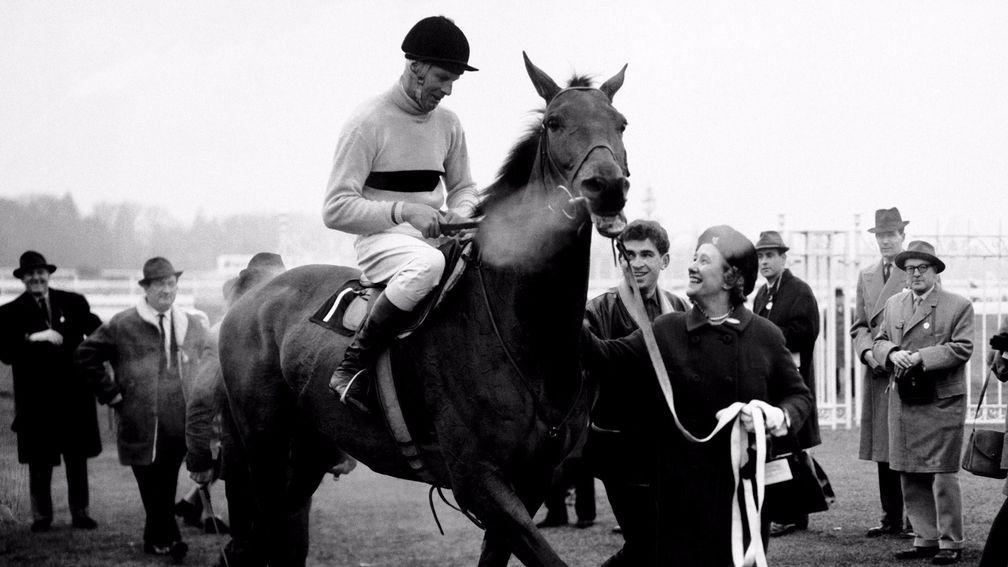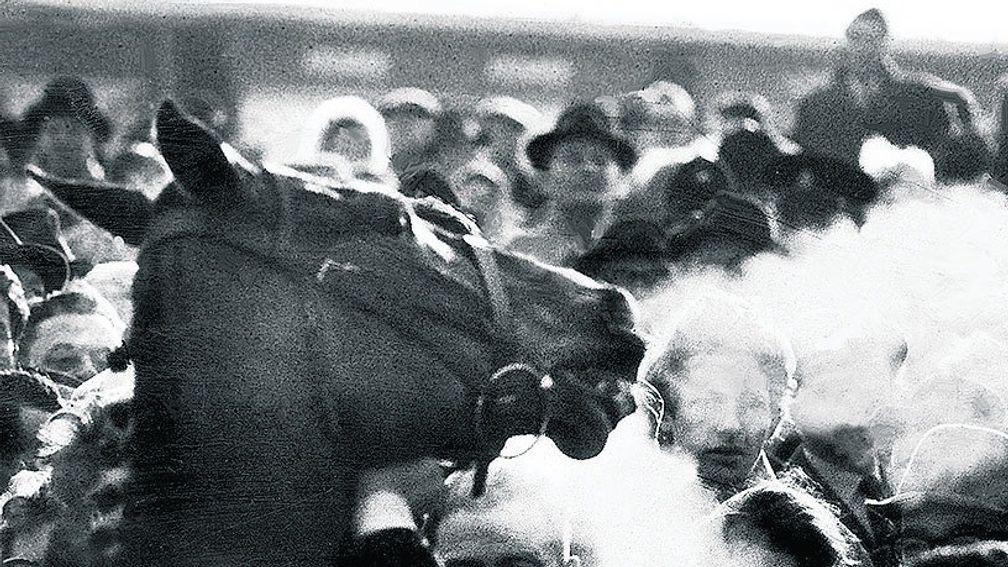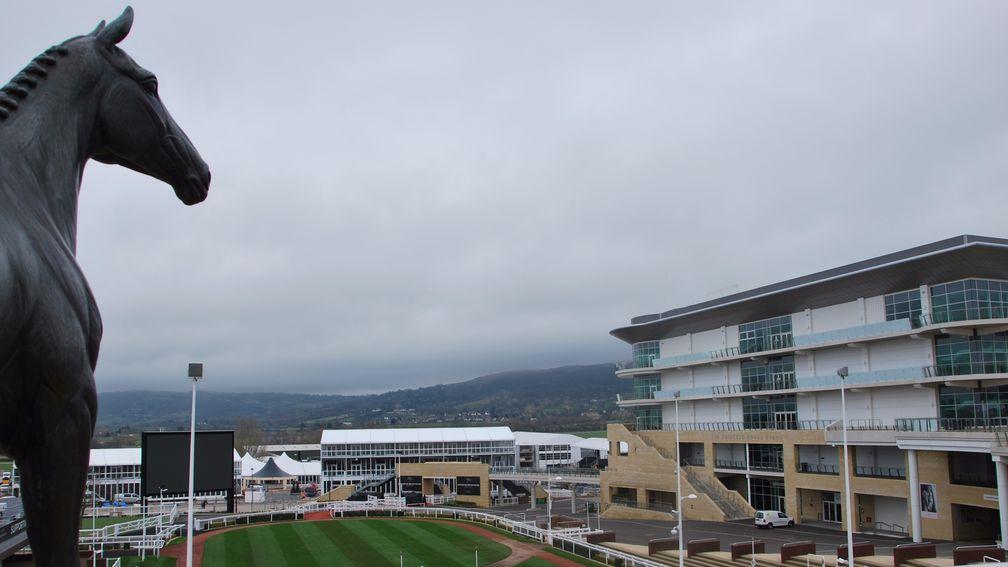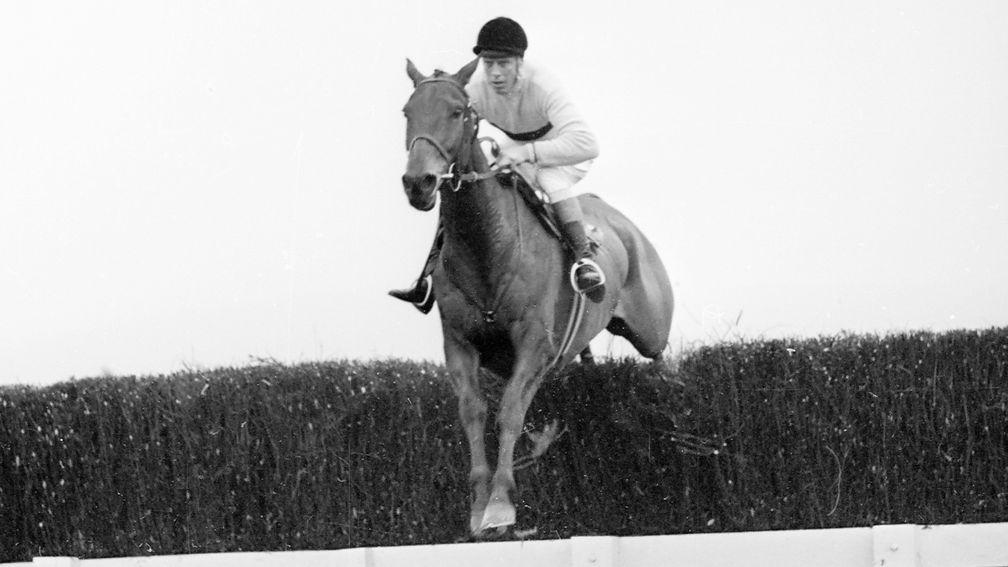The Guinness-swigging legend who was bigger than The Beatles
Steve Dennis unearths some nuggets about the greatest chaser ever

1 Arkle, the triple Cheltenham Gold Cup winner, was born in the same stable as a Derby winner. Himself and 2004 Epsom hero North Light emerged into the world 44 years apart in the quiet sanctity of the otherwise undistinguished foaling box No.2 at Ballymacoll Stud in County Meath.

2 Archive, the sire of Arkle, never won a race despite being immaculately bred, by the prepotent Nearco out of St Leger winner and Oaks runner-up Book Law. He ran 11 times, his best placing being runner-up at now-defunct Stockton, and at the time of his liaison with Arkle's dam Bright Cherry his covering fee was a mere 48gns.
3 It is a matter of conjecture whether Arkle or Guinness is Ireland's greatest export, but one of the nation's great names was certainly partial to the other. Arkle dined daily on two pints of Guinness, blended into his oats ration with an egg or two for further fortification. Horses do not have pockets, so Arkle was unable to get his round in, but this didn't matter because his supply of the black stuff was charged to the account of Guinness head office. He was thus held in envy as well as in awe by his uncountable army of devotees.
4 The image of Arkle has appeared, as might be expected, on stamps issued in his native Ireland, but he also appeared on the two-franc stamp of Togo, issued in 1985. The Arkle stamp was part of a series that included Tingle Creek, Dawn Run, Nijinsky and Red Rum.

5 Only two horses finished in front of Arkle on more than one occasion. Rainlough did so twice in handicap hurdles at Baldoyle and Fairyhouse in April 1962; Flying Wild was third and Arkle fourth in a Leopardstown bumper in December 1961, and Flying Wild won the 1964 Massey-Ferguson Gold Cup in which Arkle was a close third.
6 These days we fret about the fact that racing is losing market share to other sports, and that racing's great names have little or no resonance with the public. Arkle, as in most things, was different. In 1966, TV Times magazine polled its readers on the most popular personality of the year – The Beatles were third; Bobby Moore, captain of England's World Cup winners, was second; Arkle, as ever, was first.
7 In winning his three Cheltenham Gold Cups, Arkle beat a total of just ten rivals. In 1964 he accounted for the great Mill House and two others, the following year he again saw off Mill House and a pair of no-hopers, and in 1966 there were just four in opposition, with only Snaigow starting at shorter than 20-1. After his novice chase campaign, Arkle never ran in a race with more than ten runners.

8 Even in the mid-1960s race sponsorship was changing the sport. The most valuable race Arkle ever won was the 1965 Whitbread Gold Cup, which was worth £8,230 to the winner. His Gold Cup the previous month was worth £244 less.
9 Everyone knows that the 1966 King George VI Chase, in which he fractured a pedal bone when runner-up to Dormant, was Arkle's last race. However, after a period of recuperation he was being aimed at a 2m4f hurdle at Fairyhouse in April 1968, only to be ruled out six days before the race following a disappointing schooling session.
10 In 1976, the bones of Arkle were exhumed from his Bryanstown grave to be displayed in the new Irish National Stud museum, a decision not universally acclaimed. The earthly remains were manhandled into three plastic sacks and driven to their new home in the back of a Mini Minor, and – as revealed in Sean Magee's marvellous book 'Arkle' – the grisly task of their reassembly was accomplished by museum staff fortified against the unpleasantness by 'a good deal of whiskey'.
Published on 11 November 2017inFeatures
Last updated 13:34, 12 November 2017
- Government says it is working 'at pace' to have white paper measures in force by the summer
- 'The only thing you can do is lie fallow and regroup' - Meades to return with scaled-back operation following blank period
- The Gambling Commission has launched its new corporate strategy - but what are the key points?
- 'It was tragic it happened to Paddy but it was a good thing for the jockeys who followed - good came out of bad'
- Acquisitions, exits and retail resilience - what we learned from Flutter and 888's results
- Government says it is working 'at pace' to have white paper measures in force by the summer
- 'The only thing you can do is lie fallow and regroup' - Meades to return with scaled-back operation following blank period
- The Gambling Commission has launched its new corporate strategy - but what are the key points?
- 'It was tragic it happened to Paddy but it was a good thing for the jockeys who followed - good came out of bad'
- Acquisitions, exits and retail resilience - what we learned from Flutter and 888's results